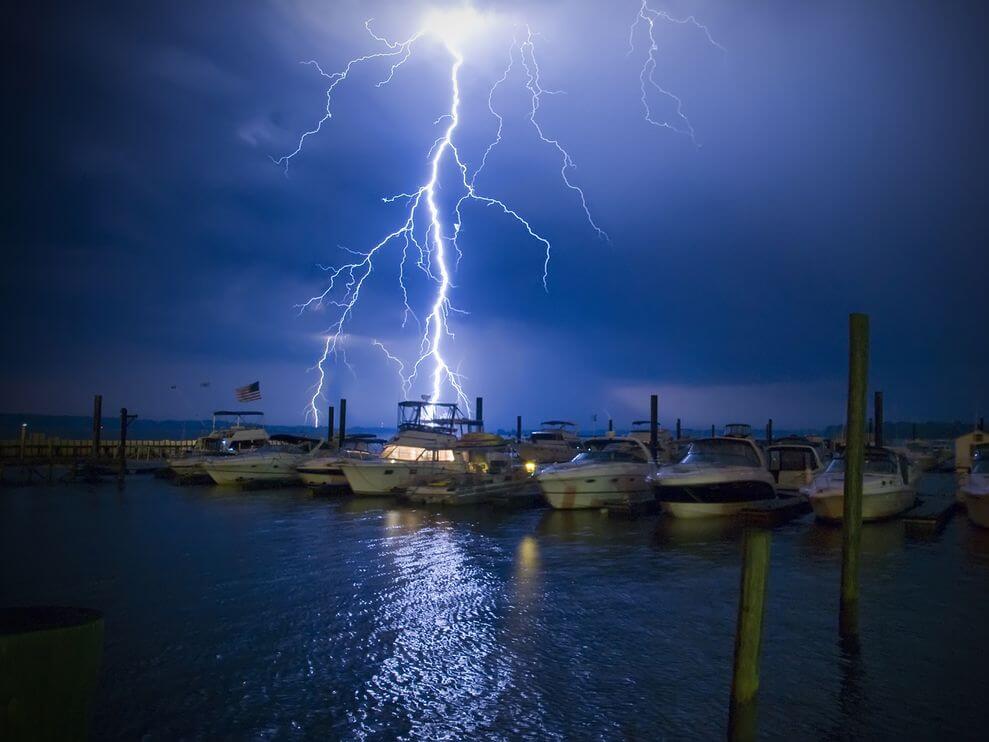

Once again it’s been raining heavily in Hong Kong, as the old expression goes raining cats and dogs!
Everything becomes unpredictable under heavy weather. For example, we recently overheard a conversation that a mother was trying to book an appointment with a doctor as she explained on the phone her child was injured when their boat was hit by another in the heavy rain whilst entering a marina.
It’s difficult to conclude and picture what happened in this case as we weren’t there. However, unfortunate things can happen when out in the heavy weather.

When you sail your boat in fog or heavy rainy weather the visibility is going to be an issue, so let’s outline some of the safety measures you can use when sailing.
Boating in the heavy rain conditions presents two major hazards, navigational errors and collisions.
How to prevent these from those happening? Check the weather forecast even though it might not be so accurate but at least gives you an 80% prediction of the weather during the day.
If you get caught in the thunderstorm, slow your vessel down and begin sounding your horn at regular intervals, say 15 seconds. The old saying, “Be able to stop in half the distance of visibility” doesn’t appear in the Navigation Rules, but it is very good advice. For those sailing yachts with auxiliary engines, if under sail in fog, should have your engine available for immediate use.
The wind changes direction very quickly during a thunderstorm, so if you were caught in it when you were on the water, the immediate precaution should be carried out.
Don’t drop anchor in low visibility conditions unless you are in the low water, otherwise, the boat could risk running ashore.

When lightning strikes put on rubber shoes if you are in the open boat stay away from antennas. Don’t touch any metal materials such like ladders, towers and large railings.
Do keep hold of the metal steering wheel If you have hydraulic steering in your boat. However, there is an exception, the copper hydraulic lines are those that used in bigger and older boats will be a threat, so it’s best to check on the material.
Monitoring the forecast and the marine weather forecast is crucial to boating safely. The weather takes its own course, so ensure to carry the proper equipment on the boat and being prepared.
Cover photo credits to Jason Severn.
